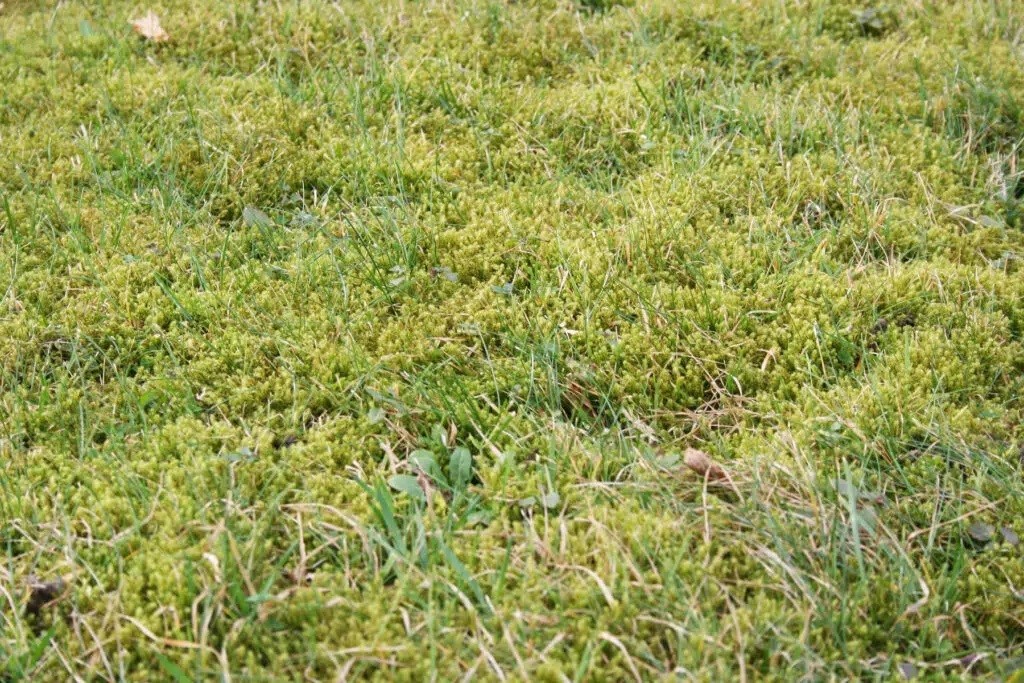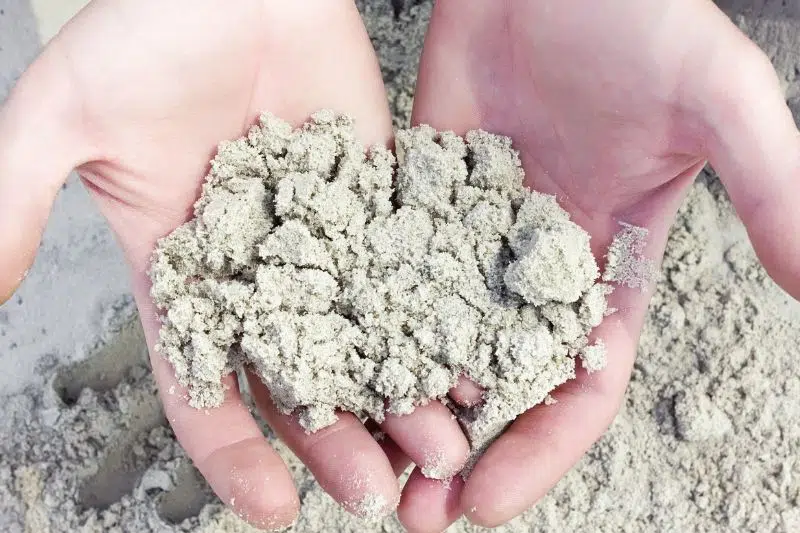Like scarifying, aerating, liming and fertilizing, sanding is also one of the important maintenance tasks on lawns. Read here which sand is particularly suitable for sanding the lawn.
Contents
Suitable types of sand
To sand the lawn is best to use quartz sand, which has the following characteristics:
- fine grain size up to a maximum of 2 millimeters
- rounded grains of sand
- washed quality
Quartz sand is a type of sand with a particularly high proportion of quartz grains: this must be at least 95 percent. As a rule, all sand – especially that mined in open pits – contains various admixtures of varying degrees, such as clay, loam or lime.
Tip: So-called lawn sand is nothing more than pure quartz sand, only somewhat more expensive. This type of sand is only worthwhile if it already has lawn lime or fertilizer mixed in with it, so you can save yourself a work step
However, these admixtures are not desired for lawn sand, so you should use pure, washed quartz sand. Washing flushes out unwanted admixtures, and the material is also more free-flowing afterwards. Play sand – which is also very fine-grained and also washed particularly thoroughly – is also well suited for this purpose.
Quartz sand containing lime – yes or no?

Turf or quartz sand is available in lime or low-lime quality. Calcareous sand is only useful if
the pH value of the soil slides into the acidic range
certain indicator plants such as wood sorrel or sorrel are growing
the lawn is mossy
In all these cases, however, the lime content of the lawn sand will not be sufficient, so you will have to resort to garden lime anyway. Therefore, it is perfectly sufficient to resort to low-lime sand qualities.
Tip: It is much more important anyway that the lawn sand is round-grained. This makes it easier for the roots to grow downward, and this sand also seeps into the soil more quickly
Unsuitable types of sand
Unsuitable for sanding the lawn, on the other hand, are all types of sand that are coarser than 2 millimeters and also do not have round-ground grains. This includes all types of construction sand (e.g. concrete sand, jointing sand, etc.), as its grains must be such that they interlock easily. This is the only way to produce concrete or mortar, for example. This property is not desired for lawn sand, as it would impair root growth.
Note: Sand is usually mined in opencast mines. However, river sand – for example, Rhine sand – is often used on construction sites, which also has a rather coarse and irregular grain size. Therefore, river sand is less suitable for lawns
The timing and amount of application
But whatever type of sand you choose: In terms of the ideal time for application and the required amount, the different types do not differ at all. The following applies to all types of lawn sand
- in principle, application is possible all year round
- but best in the spring after scarifying and aerating
- sanding is possible at the same time as liming or fertilizing
- also useful at the same time as lawn seeding
The amount required, on the other hand, depends on the condition of both the sand and the soil: you should calculate between two and 10 kilograms per square meter of lawn. The looser the soil, the less sand you need. However, sandy soil does not need to be sanded. Clayey or loamy soils, on the other hand, need larger quantities. On average, however, i.e. for normal garden soil, between three and five kilograms per square meter are sufficient.
Tip: You can lime or fertilize and sand the lawn at the same time, but never lime and fertilize at the same time! First apply the lime and approx. four weeks later the first fertilization.
Sanding lawn: Brief instructions
The actual sanding of the lawn is straightforward:
- Thoroughly comb out and scarify the lawn.
- spread sand by means of a spreader or by hand
- spread more evenly with a spreader
- if spreading by hand, rework with rake or coarse broom
- Do not completely cover the turf with sand
After sanding, the tips of the grass blades should protrude from the sand. In addition, you should water the lawn thoroughly and deeply, and after scarifying it should also not be walked on for at least a week.
Frequently asked questions
Can sea sand be used for sanding your garden?
Like river sand, sea sand is also popular for building. This sand is well washed out, but has a different (often coarse) grain size. In addition, the grains are not rounded, which makes this sand unsuitable for use as lawn sand. Desert sand would be more suitable, if you could get it. This is not suitable for construction projects because of the uniform round grain.
Why sand the lawn at all?
Sanding is intended to make the soil looser and more permeable so that, on the one hand, the roots can more easily grow in deeply and, on the other hand, waterlogging cannot form. In addition, the sand ensures better aeration of the soil, which in turn results in more vigorous growth of the grasses. Unwanted growth, such as moss, then has less chance of spreading. Thus, sanding also contributes to making the lawn more robust and tread-resistant.


